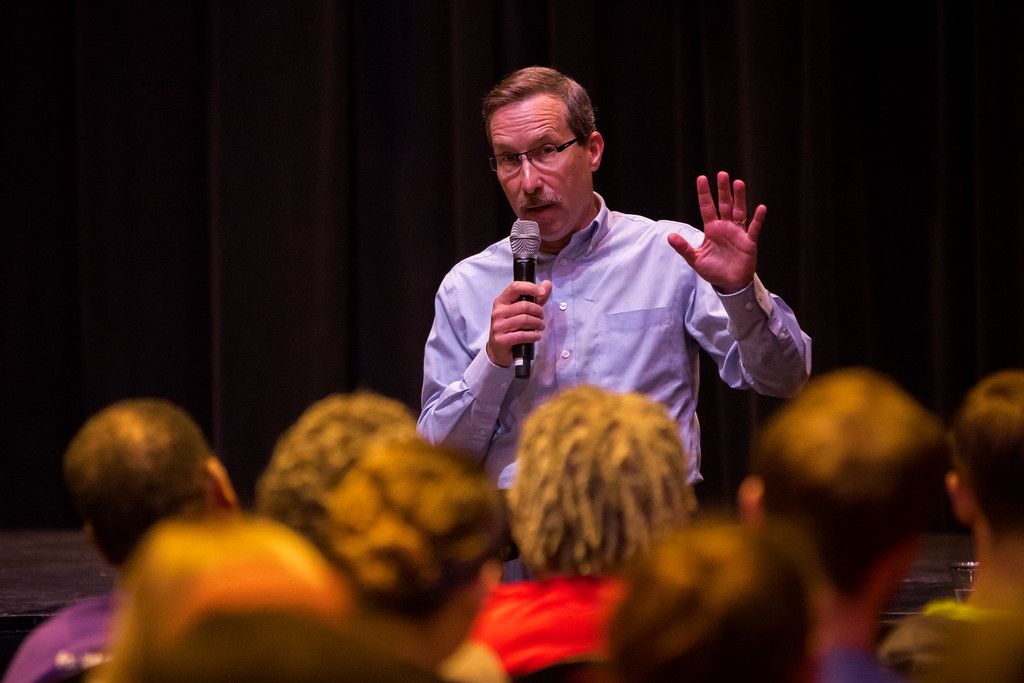by Bruce T. Gourley
Published August 2010
(Baptist Studies Bulletin Archives Index)
 During the summer months each year Baptist groups in America gather to preach, worship, pass resolutions, and reevaluate the mission and direction of their churches and denominations. In recent years, these summer convention gatherings have seemingly been marked more by hand-wringing than by praying hands.
During the summer months each year Baptist groups in America gather to preach, worship, pass resolutions, and reevaluate the mission and direction of their churches and denominations. In recent years, these summer convention gatherings have seemingly been marked more by hand-wringing than by praying hands.
Southern Baptist Convention leaders have for much of the past decade spent their summers seeking solutions for their denomination’s dwindling numbers and inability to reach younger generations. Impervious to church historian Bill Leonard’s 1990 classic volume, God’s Last and Only Hope: The Fragmentation of the Southern Baptist Convention, this year’s solution calls for Southern Baptist churches in the South to give more money through reconfigured channels to evangelize the world.
Leonard argued twenty years ago that the (white) American South was incapable of saving the world. Nonetheless, the leaders of today’s shrinking SBC seem intent on a southern salvation. Commenting recently on the SBC’s global agenda, Leonard noted that Southern Baptists are losing their “cultural privilege and majority status” in their own region as “the growth of non-Christian religious groups has awakened Southern communities to the presence of Buddhists, Muslims, Hindus, Sikhs, and Jews in ways that impact public prayer, religious holy days, intermarriage and the de facto Baptist dominance in the public square.” Who’s evangelizing whom in the twenty-first century American South?
Meanwhile, Cooperative Baptist Fellowship churches and individuals face a separate set of challenges. Even as the age demographics of annual general assemblies grow younger, the prospects for places of service within CBF life for the burgeoning ranks of moderate seminary graduates are uncertain: declining finances threaten global mission opportunities while Fellowship Baptists yet struggle with starting new congregations. And while younger generations are now melding twenty-first century creativity with the historical Baptist identity that is the foundation of CBF, the future shape of the two decades-old institution is far from certain.
Meanwhile, the Free Will National Baptist Convention, meeting in Oklahoma City, drew as many attendees as did the much larger Southern Baptist Convention. Like Southern Baptists, Free Will Baptists view the evangelization of the world as their calling. Yet in contrast to the SBC, they called primarily upon families (rather than local congregations) to provide the funding to save the world, even as a time of national recession is impacting many if not most American families.
Worries among Baptists in America regarding insufficient resources to reach the world take place against the backdrop of a new century in which Baptist growth and vitality has already moved beyond the United States to Africa, Latin America, South America, and Asia. While discontent (or at least uneasiness) among U.S. Baptists may have settled in for the long haul, perhaps a better prism through which to view Baptists of the twenty-first century is that of the Baptist World Alliance. The BWA Congress convenes every five years. This month’s session in Honolulu, the 20th Baptist World Congress, was an anomaly: the next Congress (in 2015) will meet in Durban, South Africa, the third time of the last five sessions (from 1990 forward) to that point that BWA Congresses will have met in the Southern Hemisphere.
The Baptist World Alliance, thriving in the wake of the SBC’s withdrawal in 2003, is the public face of Baptists worldwide in the twenty-first century. It is a public face that is diverse, united, global, and excited about the future. The BWA is ministering in the name of Christ on a scale that no one Baptist group could ever hope to do. From proclaiming the name and living the example of Christ, to advocating for religious liberty and separation of church and state, to meeting the needs of persons living in poverty and hopelessness, the BWA carries the Baptist torch for Baptist generations old and young, near and far.
